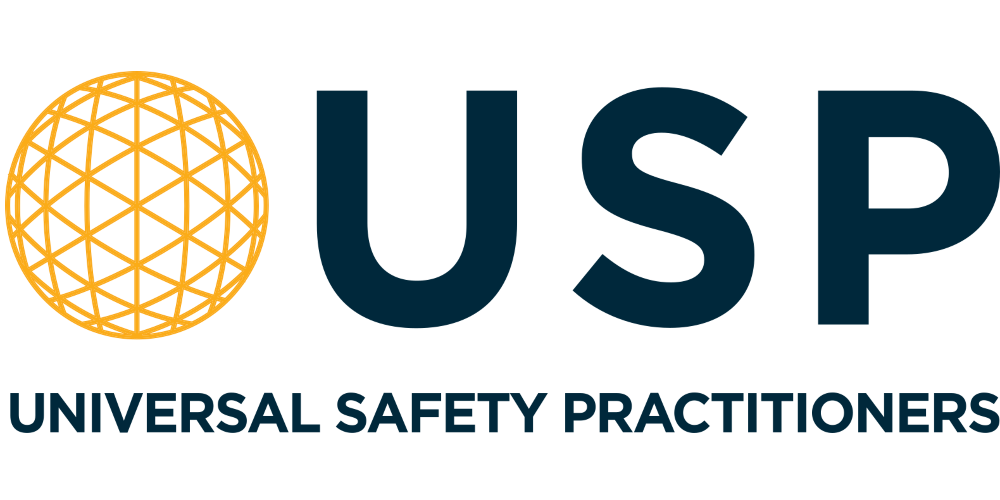
Emergency Plan
Both the Regulatory Reform (Fire Safety) Order 2005 and The Management of Health and Safety at Work Regulations 1999 covers emergency situations. Workplaces need a plan for emergencies that can have a wider impact. A special set of procedures are needed for emergencies such as serious injuries, explosions, flood, poisoning, electrocution, fire, release or radioactivity and chemical spills.
In these circumstances, employees are more likely to respond reliably if they:
- Are well trained and competent
- Take part in regular and realistic practice
- Have clearly agreed, recorded and rehearsed plans, actions and responsibilities.
An emergency plan is needed if a major incident at your workplace could involve risks to the public, rescuing employees or co-ordinating with the emergency services.
What should be included in the emergency plan
- Consider what might happen and how the alarm will be raised. Consideration is also needed in respect of night and shifting working, weekends and times when the premises are closed.
- Plan what to do, including how to call the emergency services. Assist the emergency services by marking your premises from the road. Consider drawing a simple plan showing the location of any hazardous items that are contained within your premises.
- If you have 25 tonnes or more of dangerous substances, notify the fire and rescue services and put up a warning sign.
- Decide where to go to reach a place of safety (or to get rescue equipment). Ensure that there are suitable forms of emergency lighting.
- Make sure that there are enough emergency exits that can used for everyone to escape quickly. Both emergency doors and escape routes must be clear from all obstructions and clearly marked, to ensure the quick and effective exit from the premises by staff.
- Nominate a ‘Competent Person’ to take control.
- Decide which other key personnel are required (i.e. Incident Co-ordinator, Deputy Incident Co-ordinator, First Aiders, Fire Marshals)
- Plan essential actions such as emergency plant shutdown, isolation or making processes safe. Clearly identify important items like shut-off valves and electrical isolators etc.
- Everyone must be trained on the emergency procedures.
- Consider those vulnerable workers
- Work should not resume after an emergency if a serious danger remains. If you are in doubt, obtain assistance from the emergency services.
- Identify the process for the reporting of the emergency after the event (including RIDDOR (if applicable) and who does this.
How we conduct an emergency plan
Undertaking the creation of an emergency plan can be quite daunting. This is where we can offer our service, to take on the responsibility of the creation of this document. In order to do this, we will work with you, identifying particular risks which are present within your organisation, which need to be captured within this formal document. We will then dig down and understand where the risks are located within your workplace, and what processes you already have in place. We will then finalise the document and send this to yourself, for comment.
Once the document has been finalised, we will then attend your organisation to conduct specific training against the emergency plan, to ensure that everyone within your workplace understands what they are to do in the event of one of these documented emergencies. Certificates will also be provided to all those who attended the training, which you can place on your internal system.
Read Our Latest Reviews
Speak to Our Expert Team Today
Please use the form to get in touch with one of our health and safety consultants. Alternatively, please give us a call or email us using the contact details below.
